
Emily DeMarco
Deputy News Editor, 2016-2023
Emily DeMarco is a former deputy news editor at Science News. She earned an undergraduate degree in English from Furman University and has a master of environmental science and management from the University of California, Santa Barbara. Between her stints at school, she served as a Peace Corps volunteer in Cameroon, where she worked on water quality and reforestation projects. Her work has also appeared in ScienceNOW and Inside Science, the online news service of the American Institute of Physics.

Trustworthy journalism comes at a price.
Scientists and journalists share a core belief in questioning, observing and verifying to reach the truth. Science News reports on crucial research and discovery across science disciplines. We need your financial support to make it happen – every contribution makes a difference.
All Stories by Emily DeMarco
-
 Health & Medicine
Health & MedicineIndoor, high-intensity fitness classes may help spread the coronavirus
As more U.S. states reopen and people return to public life, dance fitness classes in South Korea tell a cautionary tale.
-
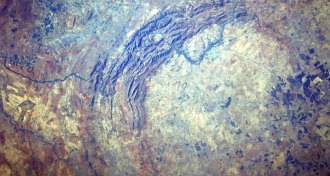 Earth
EarthErosion has erased most of Earth’s impact craters. Here are the survivors
Earth’s largest known impact crater measures 160 kilometers in diameter. The newest, yet to be confirmed, stretches a still-whopping 31 kilometers.
-
 Science & Society
Science & SocietyMost Americans think funding science pays off
About 80 percent of U.S. adults say that federal spending on scientific and medical research provides value in the long run, a new survey finds.
-
 Science & Society
Science & SocietyNew spending bill mostly boosts money for science research
Here’s a quick look at how science agencies fared in the newly passed spending package.
-
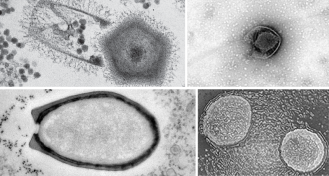 Life
LifeMeet the giants among viruses
For decades, all viruses were thought to be small and simple. But the discovery of more and more giant viruses shows that’s not the case.
-
 Science & Society
Science & Society4 questions about the new U.S. budget deal and science
A new spending package could lead to U.S. science agencies getting a bump in funding.
-
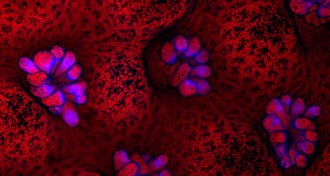 Animals
AnimalsFluorescence could help diagnose sick corals
Diseased corals fluoresce less than healthy corals, and a new analysis technique can help spot the reduced glow.
-
 Earth
EarthNorth America’s largest recorded earthquake helped confirm plate tectonics
Henry Fountain’s 'The Great Quake' mixes drama and science to tell the story of the 1964 Alaska earthquake.
-
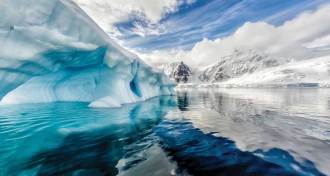 Oceans
OceansHow deep water surfaces around Antarctica
New 3-D maps trace the pathway that deep water takes to the surface of the Southern Ocean.
-
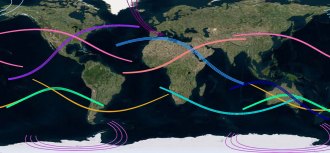 Astronomy
AstronomyHere are the paths of the next 15 total solar eclipses
From 2017 to 2040, there will be 15 total solar eclipses. Here's a map of where to see them.
-
 Plants
PlantsBorrowed genes give mums the blues
Scientists have genetically modified chrysanthemums to be “true blue” for the first time.
-
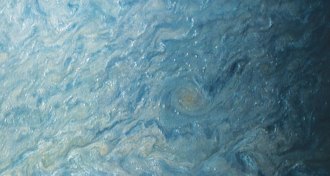 Planetary Science
Planetary ScienceSee the latest stunning views of Jupiter
Once every 53 days, NASA’s Juno spacecraft zooms past Jupiter’s cloud tops. A new sequence of images reveals the encounter from Juno’s viewpoint.